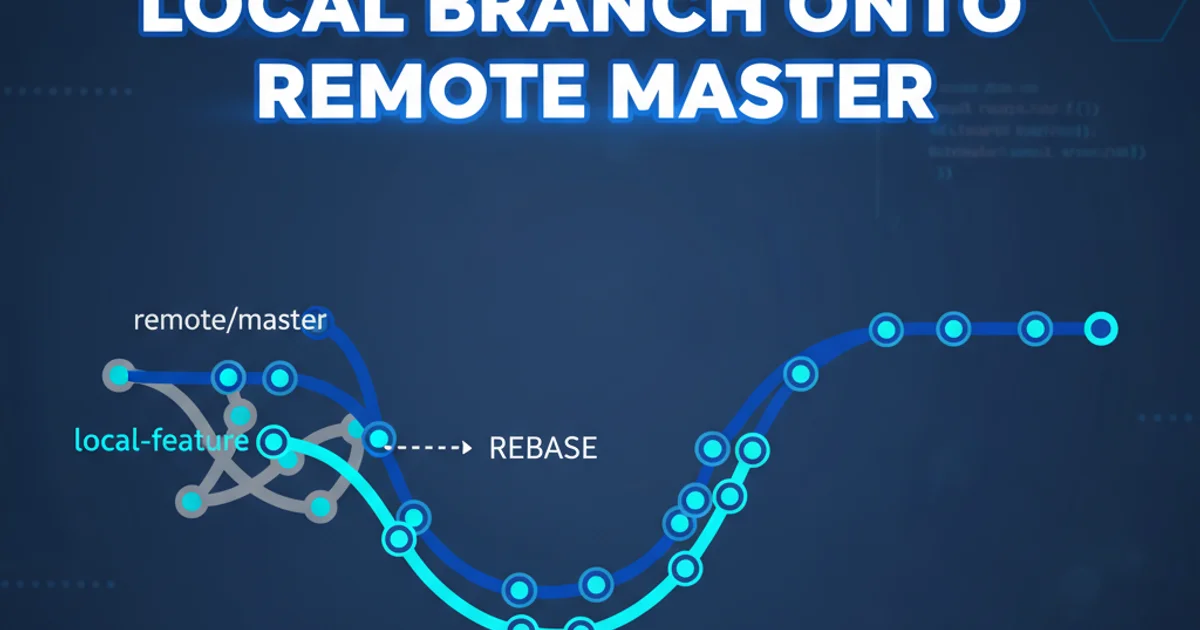What specific examples are there of knowing C making you a better high level programmer?
Categories:
How C Programming Elevates Your High-Level Development Skills

Explore specific examples of how a foundational understanding of C can significantly enhance your proficiency and problem-solving abilities in high-level programming languages.
While modern high-level languages like Python, Java, and JavaScript offer incredible productivity and abstraction, a deep understanding of C can provide an invaluable edge. C exposes the underlying mechanisms of computing, forcing developers to confront memory management, data representation, and system interactions directly. This low-level insight translates into more efficient, robust, and performant high-level code. This article will delve into specific scenarios where C knowledge proves beneficial for high-level programmers.
Mastering Memory Management and Performance
In C, you are directly responsible for allocating and deallocating memory. This hands-on experience with malloc, calloc, realloc, and free instills a profound understanding of how memory works. When you transition to high-level languages with automatic garbage collection or managed memory, you'll have a clearer mental model of what's happening behind the scenes. This leads to better decisions regarding data structures, object lifecycles, and avoiding common performance pitfalls like excessive object creation or memory leaks that garbage collectors might struggle to optimize.
#include <stdio.h>
#include <stdlib.h>
int main() {
int *arr;
int n = 5;
// Allocate memory for 5 integers
arr = (int *) malloc(n * sizeof(int));
// Check if malloc was successful
if (arr == NULL) {
printf("Memory allocation failed!\n");
return 1;
}
// Initialize and print array elements
for (int i = 0; i < n; i++) {
arr[i] = i + 1;
printf("%d ", arr[i]);
}
printf("\n");
// Free the allocated memory
free(arr);
arr = NULL; // Good practice to set to NULL after freeing
return 0;
}
Manual memory allocation and deallocation in C.
Understanding this manual process helps you appreciate the overhead and complexity that garbage collectors manage. It also makes you more aware of memory locality, cache performance, and how data access patterns can impact the speed of your high-level applications.
flowchart TD
A[High-Level Language Code] --> B{Memory Allocation Request}
B --> C{Garbage Collector / Runtime}
C --> D{Underlying OS / C Runtime}
D --> E[Physical Memory Allocation]
E --> F{Memory Returned to HL App}
F --> G{Memory Deallocation / GC Cycle}
G --> H[Memory Released to OS]
style D fill:#f9f,stroke:#333,stroke-width:2px
linkStyle 3 stroke:#f66,stroke-width:2px,fill:none;
linkStyle 5 stroke:#6f6,stroke-width:2px,fill:none;Memory management flow, highlighting C's role in the underlying layers.
Deeper Understanding of Data Structures and Algorithms
Implementing fundamental data structures like linked lists, trees, and hash tables in C requires a meticulous approach to pointers, memory layout, and explicit linking. This experience builds a strong intuition for how these structures work at their core, rather than just using them as black boxes from a library. When you encounter performance issues with a HashMap in Java or a dict in Python, your C background will enable you to reason about collision resolution, resizing strategies, and memory overhead, leading to more effective debugging and optimization.
#include <stdio.h>
#include <stdlib.h>
// Define a node for a singly linked list
typedef struct Node {
int data;
struct Node *next;
} Node;
// Function to create a new node
Node* createNode(int data) {
Node* newNode = (Node*) malloc(sizeof(Node));
if (newNode == NULL) {
printf("Memory allocation failed!\n");
exit(1);
}
newNode->data = data;
newNode->next = NULL;
return newNode;
}
// Function to insert a node at the beginning of the list
void insertAtBeginning(Node** headRef, int data) {
Node* newNode = createNode(data);
newNode->next = *headRef;
*headRef = newNode;
}
// Function to print the linked list
void printList(Node* node) {
while (node != NULL) {
printf("%d -> ", node->data);
node = node->next;
}
printf("NULL\n");
}
// Function to free the linked list memory
void freeList(Node** headRef) {
Node* current = *headRef;
Node* next;
while (current != NULL) {
next = current->next;
free(current);
current = next;
}
*headRef = NULL;
}
int main() {
Node* head = NULL; // Initialize empty list
insertAtBeginning(&head, 10);
insertAtBeginning(&head, 20);
insertAtBeginning(&head, 30);
printf("Linked List: ");
printList(head);
freeList(&head);
return 0;
}
Implementing a basic singly linked list in C, demonstrating explicit pointer manipulation.
Interfacing with System Resources and Foreign Function Interfaces (FFI)
Many high-level languages provide mechanisms to interact with C libraries (e.g., Python's ctypes, Java's JNI, Node.js's N-API). A strong grasp of C makes it significantly easier to understand and utilize these Foreign Function Interfaces (FFI). You'll be able to correctly interpret C header files, understand calling conventions, manage data type conversions, and debug issues that arise when crossing the language boundary. This skill is crucial for optimizing performance-critical sections of code or integrating with existing system-level functionalities that are often written in C.
sequenceDiagram
participant H as High-Level App (e.g., Python)
participant F as FFI Layer (e.g., ctypes)
participant C as C Library
participant OS as Operating System
H->>F: Call C function (e.g., `my_c_func(arg1, arg2)`)
F->>C: Translate arguments, prepare stack
C->>OS: Perform system call / low-level operation
OS-->>C: Return result / status
C-->>F: Return C result
F-->>H: Translate result, return to HL App
Note over H,C: C knowledge is vital for understanding data types, pointers, and memory layout across this boundary.Interaction flow between a high-level application and a C library via FFI.
Furthermore, understanding C helps in comprehending how operating systems work, how processes and threads are managed, and how file I/O and network sockets operate at a fundamental level. This knowledge is invaluable when debugging complex system-level issues in any language.